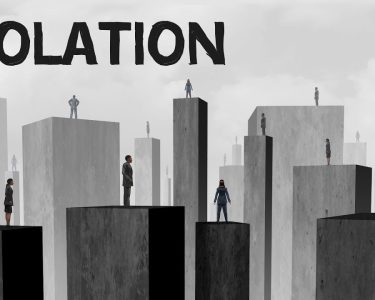Subtitle 1: Understanding the Need for Preparedness
In an unpredictable world, being prepared for emergencies is crucial. Natural disasters, such as storms, floods, and earthquakes, can strike at any moment, leaving communities vulnerable and in need of immediate assistance. By understanding the need for preparedness, communities can minimize the impact of these events and ensure the safety and well-being of their residents.
Subtitle 2: Developing Emergency Response Plans
One of the key aspects of preparedness is the development of comprehensive emergency response plans. These plans outline the necessary steps to be taken before, during, and after a disaster. They include strategies for evacuation, communication, and resource allocation. By having a well-defined plan in place, communities can respond swiftly and effectively, saving lives and minimizing damage.
Subtitle 3: Building Resilient Infrastructure
Investing in resilient infrastructure is another crucial aspect of community preparedness. This includes constructing buildings and infrastructure that can withstand the impact of natural disasters. Reinforced structures, flood-resistant roads, and robust communication networks are essential for minimizing the damage caused by storms and other emergencies. By building resilient infrastructure, communities can bounce back more quickly and reduce the long-term effects of disasters.
Subtitle 4: Educating and Engaging the Community
Preparedness is not solely the responsibility of government agencies and emergency responders. Engaging and educating the community is vital for effective disaster management. Community members should be aware of potential risks, know how to respond during emergencies, and be equipped with basic first aid and survival skills. By fostering a culture of preparedness, communities can work together to mitigate the impact of disasters and support one another in times of crisis.
Subtitle 5: Collaborating with Local and National Agencies
Collaboration between local and national agencies is essential for effective disaster preparedness. Local governments, emergency services, and community organizations should work hand in hand with national agencies to develop coordinated response plans. Sharing resources, expertise, and information can significantly enhance a community’s ability to weather any storm. By fostering strong partnerships, communities can access additional support and resources when needed.
Subtitle 6: Investing in Early Warning Systems
Early warning systems play a crucial role in disaster preparedness. By investing in advanced technologies and monitoring systems, communities can receive timely alerts about impending storms or other emergencies. These systems provide valuable time for evacuation and preparation, potentially saving lives and reducing the impact of disasters. Investing in early warning systems is a proactive step towards building resilient communities.
Subtitle 7: Learning from Past Experiences
Finally, learning from past experiences is essential for improving community preparedness. Analyzing previous disasters and their aftermath can help identify areas for improvement and inform future planning efforts. By studying lessons learned, communities can adapt their strategies and enhance their preparedness measures. Continuous evaluation and improvement are key to ensuring that communities can weather any storm.
In conclusion, the importance of preparedness cannot be overstated. By understanding the need for preparedness, developing emergency response plans, building resilient infrastructure, educating and engaging the community, collaborating with local and national agencies, investing in early warning systems, and learning from past experiences, communities can enhance their ability to weather any storm. By working together and taking proactive measures, we can create safer and more resilient communities for the future.




